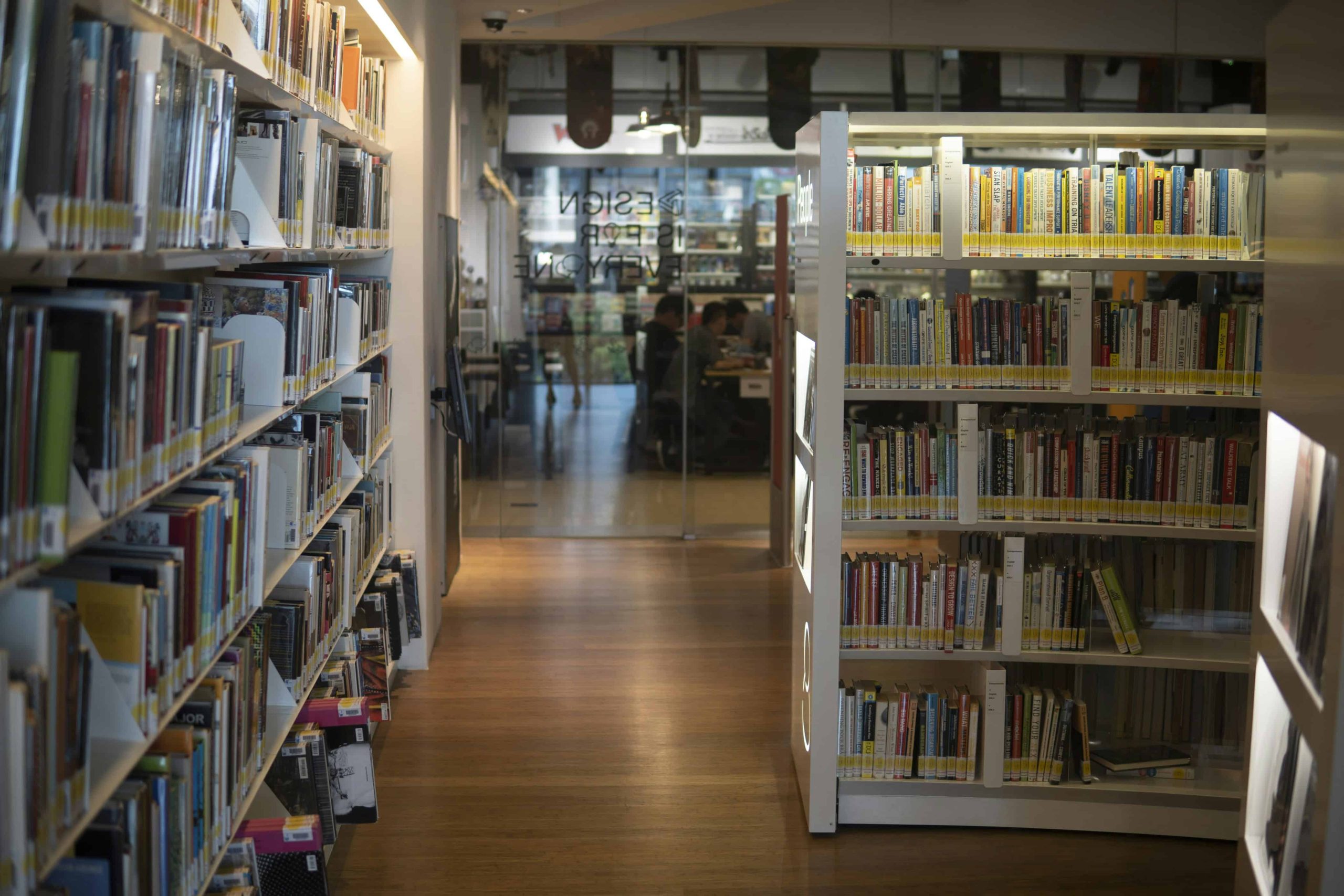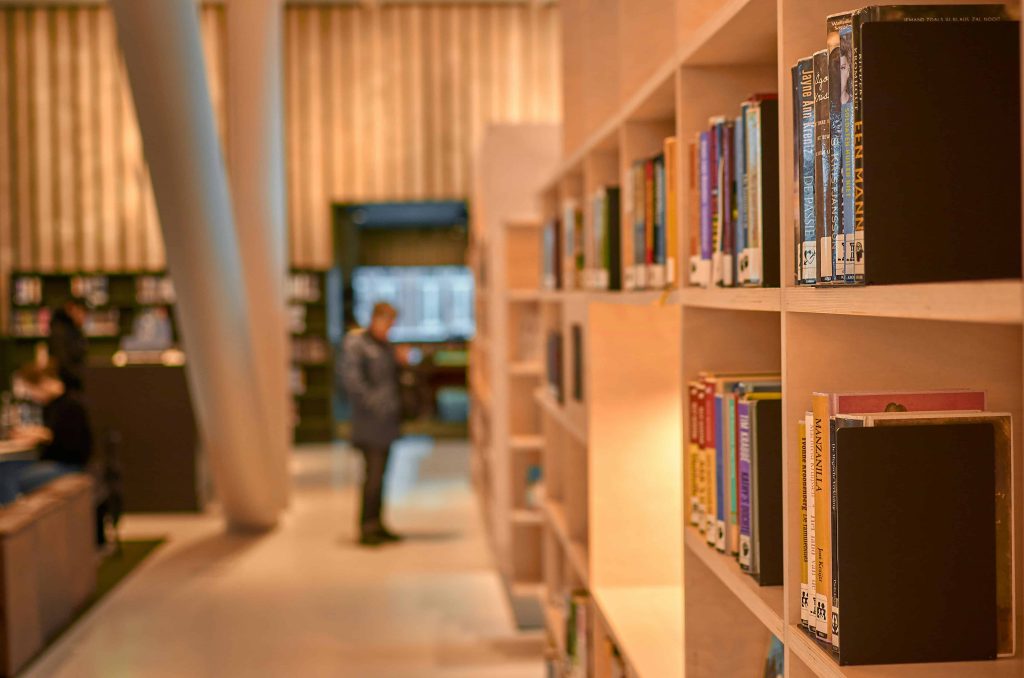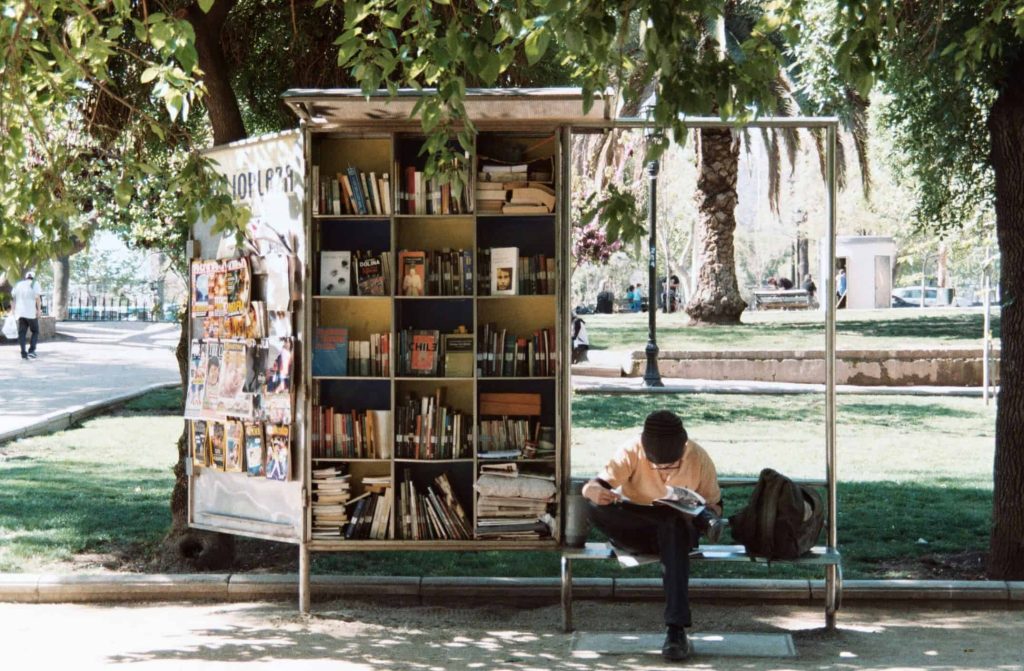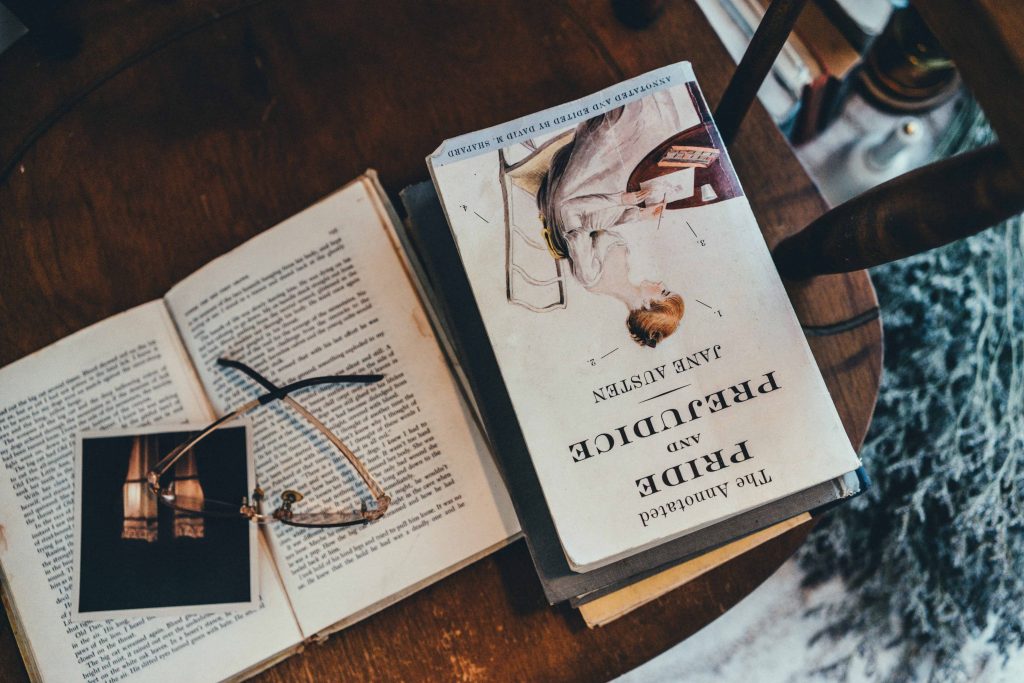
14 Oct From Tradition to Innovation: Singapore Literature in 2024
History of Singapore Literature
Singapore, a bustling cosmopolitan city-state in Southeast Asia, stands at the crossroads of diverse cultures, histories, and traditions. Its strategic location has contributed to a rich, multicultural society influenced by Malay, Chinese, Indian, and Western elements. These diverse influences have made Singapore a melting pot of ideas, languages, and literary traditions, which together form the foundation of what is known as Singapore literature.
Singapore literature encompasses works written by Singaporean authors in various languages, including English, Malay, Chinese, and Tamil. It reflects the country’s unique multiculturalism, its colonial history, and the ongoing journey of national identity formation. Positioned within the broader context of Southeast Asian and global literature, Singapore literature is a powerful lens through which the socio-political evolution of the nation can be understood.

Pre-Independence Period (19th Century–1965)
Early Influences: Chinese, Malay, and Indian Literary Traditions
Before Singapore’s independence in 1965, its literary landscape was shaped by the region’s traditional literary forms. Malay, Chinese, and Indian influences were prominent, reflecting the ethnic composition of the island. Malay oral traditions, such as pantun (poetry) and hikayat (epic tales), dominated early narratives. Chinese literary forms, including classical poetry and drama, were introduced by Chinese immigrants, while Indian immigrants brought with them rich traditions of Tamil literature, steeped in poetry, religious texts, and folk stories.
Colonial Impact: British Influence on Education, Language, and Literary Forms
The arrival of the British in 1819 had a profound impact on Singapore’s literary and educational landscape. English was introduced as the language of administration and education, leading to the gradual Anglicization of the elite class. This colonial influence sparked a growing interest in Western literary forms such as the novel, short story, and essay. British colonizers also promoted formal schooling, which facilitated literacy and the consumption of literature among Singaporeans.
Emergence of English-language Literature: Early Pioneers and Their Works
The early 20th century saw the emergence of English-language literature in Singapore. These early pioneers were often educated in British-style schools and influenced by Western literary forms. Writers such as Edwin Thumboo, Lim Thean Soo, and Goh Poh Seng explored themes of identity, colonialism, and the changing social landscape. Their works, though written in English, were deeply rooted in the local context, reflecting the complexities of life in a multicultural, colonial society.
Development of Vernacular Literatures: Malay, Chinese, Tamil, and Other Languages
Alongside the development of English-language literature, vernacular literature flourished in Malay, Chinese, and Tamil. Malay literature in Singapore often focused on traditional narratives, while Chinese-language newspapers and literary magazines became platforms for new writers experimenting with modern Chinese prose and poetry. Tamil writers produced works exploring issues of migration, identity, and social change, contributing to a vibrant multilingual literary scene.

Post-Independence Period (1965–Present)
Early Years (1965-1980s)
National Identity and Literary Exploration: Themes of Nation-Building, Multiculturalism, and Social Issues
After Singapore’s independence in 1965, literature became a vehicle for exploring themes of national identity, nation-building, and multiculturalism. Writers sought to define what it meant to be Singaporean in the context of a newly independent nation with diverse ethnic and linguistic communities. Literature in this period grappled with social issues such as housing, education, and class divisions, reflecting the government’s efforts to shape a cohesive national identity.
Government’s Role in Promoting Literature: Literary Awards, Publications, and Institutions
The Singaporean government recognized the importance of literature in fostering a sense of national identity. Initiatives such as the Cultural Medallion (established in 1979) and the National Book Development Council of Singapore helped promote local literary talent. Publications and literary institutions, such as the National Library and literary festivals, provided platforms for emerging writers and encouraged a culture of literary appreciation.
Maturation and Diversification (1990s-2000s)
Emergence of New Voices and Styles: Experimentation with Genres and Forms
The 1990s marked a period of maturation and diversification in Singaporean literature. New voices emerged, challenging traditional literary forms and experimenting with genres such as speculative fiction, creative non-fiction, and poetry. Writers like Alfian Sa’at, Cyril Wong, and Catherine Lim gained prominence with works that addressed controversial issues, including race, sexuality, and political dissent.
Global Connections: Singaporean Writers Participating in the International Literary Scene
As Singapore became more connected globally, its literature reflected this internationalization. Singaporean writers began to gain recognition on the global literary stage, participating in international festivals and receiving awards abroad. Works by writers such as Haresh Sharma and Tash Aw were published internationally, contributing to a growing global awareness of Singaporean literature.
Contemporary Period (2010s-Present)
Digital Age and Literary Platforms: E-books, Online Journals, and Social Media
The digital age has transformed how literature is produced and consumed in Singapore. E-books, online literary journals, and social media have opened up new avenues for writers to share their works. Platforms such as Singapore Unbound and Southeast Asian Review of English have provided writers with opportunities to reach wider audiences, both locally and internationally. Social media has also facilitated literary communities, fostering a dynamic exchange of ideas.
Social and Political Commentary: Addressing Contemporary Issues and Challenges
Contemporary Singaporean literature continues to tackle pressing social and political issues. Writers such as Jeremy Tiang and Balli Kaur Jaswal explore themes of migration, LGBTQ+ rights, and social inequality in their works. Literature has become a form of political expression, with many authors using their platforms to comment on government policies and societal challenges.
International Recognition: Singaporean Literature Gaining Global Acclaim
In recent years, Singaporean literature has garnered increasing international recognition. Writers such as Amanda Lee Koe, Sharlene Teo, and Sonny Liew have won prestigious international awards, highlighting Singapore’s growing literary presence on the global stage. The 2016 victory of Sonny Liew’s The Art of Charlie Chan Hock Chye at the Eisner Awards marked a significant milestone for Singaporean graphic novels.

CONCLUSION
The history of Singapore literature is a testament to the nation’s unique position as a multicultural hub in Southeast Asia. From its early roots in Malay, Chinese, and Tamil traditions to the emergence of English-language literature under British colonial rule, Singaporean literature has evolved in parallel with the country’s social and political landscape.
Today, Singaporean literature continues to mature, reflecting the complex realities of contemporary Singapore while engaging with global literary movements. As the nation navigates the challenges of the digital age and globalization, Singapore literature is poised to continue making unique contributions to both Southeast Asian and global literary landscapes, offering fresh perspectives on issues of identity, belonging, and nationhood.
KEY TAKEAWAYS
- Cultural Diversity in Singapore Literature: Singapore’s literature is shaped by the multicultural influences of Malay, Chinese, Indian, and Western elements. It encompasses works in multiple languages, reflecting the nation’s complex identity.
- Pre-Independence Literary Landscape: Prior to 1965, Singapore’s literature was influenced by traditional forms from the Malay, Chinese, and Indian communities. The British colonial period introduced English-language literature and Western literary forms, which were embraced by early pioneers like Edwin Thumboo and Goh Poh Seng.
- Post-Independence Literary Evolution: Literature post-1965 explored national identity and multiculturalism, reflecting Singapore’s nation-building efforts. The government played a key role in fostering literary talent through awards and institutions, promoting both vernacular and English literature.
- Maturation and Experimentation: In the 1990s and 2000s, Singaporean literature diversified, with writers like Alfian Sa’at and Catherine Lim challenging traditional genres and addressing controversial social issues. Singapore’s literary scene also became more globally connected.
- Digital Age and Contemporary Themes: In the 2010s and beyond, literature in Singapore has embraced digital platforms, expanding access and audience reach. Contemporary works tackle pressing social and political issues, such as migration and LGBTQ+ rights, with authors like Jeremy Tiang gaining international acclaim.
- International Recognition: Singaporean literature is increasingly recognized on the global stage, with authors such as Sonny Liew and Sharlene Teo winning prestigious awards. This marks Singapore’s growing influence in the global literary landscape.
- Ongoing Growth and Contribution: Singaporean literature continues to reflect the evolving social, political, and cultural context of the nation, contributing unique perspectives to both Southeast Asian and global literary movements.
FAQ
What are the main influences on Singaporean literature?
Singaporean literature is shaped by a blend of Malay, Chinese, Indian, and Western traditions. These influences reflect the country’s diverse ethnic makeup, colonial past, and modern identity formation.
How did colonial rule affect Singaporean literature?
British colonial rule introduced English as a dominant language, fostering English-language literary traditions. It also encouraged Western literary forms like novels and essays, while traditional Malay, Chinese, and Tamil literature continued to thrive.
What role does contemporary literature play in Singapore today?
Contemporary Singaporean literature explores modern social and political issues, such as migration, identity, and inequality. It also embraces digital platforms, gaining international recognition and contributing to global literary conversations.
Ever wondered what happens behind closed doors in the world of books and media? Discover how censorship shapes the narratives we consume and who holds the power to decide what gets published.
